
April has been a great month of posts from a bunch of awesome people who work in all the nooks and crannies of the book production process-illustrators, cartographers, designers, typographers, and, of course writers. We’ve had posts on the process from concept to completion, how to collaborate with other writers, and, of course, editing, editing, editing. Obviously a subject close to my heart.
I’d like to close out the month with some of the most frequently asked questions I get from writers, and most frequent issues I see in my day to day work as a full-time editor.
So without further ado, let’s just jump into it!
- What is industry standard formatting?
This is the standard manuscript formatting that will be generally accepted anywhere you want to submit. It is the formatting standard by which I work as well. If a market or agent or editor needs something that differs from this, then it will be in their submission guidelines. Always go with the specifics they require and make sure to check. If they don’t specify, feel safe going with the old standard.
Specs for Industry standard: (in Word) 12 point New Courier, spaced “exactly 25 point” (not double spaced!) with widow control off; one inch margins all the way around; half inch first-line indent, header and footer; zero indentation and spacing; titles on seventh line down; and name/title/pg# in the right-side header.
- Should I use double spaces or a single space between sentences?
This is hot-button issue. If you don’t believe me, just bring it up the next time you’re around a bunch of writers. I’ll prepare for the hate mail now because inevitably this answer is going to make someone turn into a giant green rage monster.
The reason double spaces were used between sentences is because when people were using typewriters, editors needed a strong, definitive break between sentences. The monospaced font typewriters used didn’t create that, so two spaces were inserted. It isn’t necessary with word processors.
Whether you use one or two spaces these days comes down to a style issue. Some editors prefer one, some prefer two, however most style guides advise you use only one. As I understand it, page designers beg the use of just one to avoid the unsightly blocks of space that using two will litter a document with. If your MS is at that step, they’ll just have to remove all the double spaces anyway.
So forget the double spacing. I always recommend using just one.
Excuse me while I go lock my doors.
- What the heck is passive voice?
A passive construction occurs when you make the object of an action into the subject of a sentence. That is, whoever or whatever is performing the action is not the grammatical subject of the sentence.
For example: “The next few hours were consumed with preparations for the journey.”
What is doing the action in this sentence? The preparations; however, the preparations are not in the spot where you would expect the grammatical subject to be-the hours are. So, to make this sentence active, rearrange it thusly: “Preparations for the journey consumed the next few hours.”
Look for forms of “to be” (is, are, am, was, were, has been, have been, had been, will be, will have been, being) followed by a past participle. The past participle is a form of the verb that typically, but not always, ends in “-ed.” Some exceptions to the “-ed” rule are words like “paid” and “driven.”
So here’s the formula for spotting passive voice: form of “to be” + past participle = passive voice.
I will sometimes call things out as passive storytelling that aren’t technically passive verbs or passive voice. I’ll mark both progressive and pluperfect tenses passive at times-note, I don’t mark them as passive verbs. When I do this, it means that there is a more dynamic way to write the passage I’ve highlighted. It could be made stronger and more vibrant with a different, more active verb. Progressive and pluperfect often present as good an opportunity as a passive verb to make your text more interesting.
Unless it is the most effective way to put something, try never to start a story off with something passive sounding. These kinds of things will often amount to personal preference. When I spot something like this, I’ll call it out so the author can decide what’s best for their story. Personally, I like active storytelling-I find it both more engaging and better able to draw pictures in my head. Most readers do.
- How do I properly punctuate dialogue?
In dialogue, the only time you use a comma is when you are continuing a sentence after or before a tag. Note that when a comma is used, it indicates that the sentence is not over, so use lowercase when inserting a tag. Always put the comma inside the quotation marks if a tag follows the dialogue, and at the end of the tag if a tag precedes the dialogue. Use a period for everything that is not a tag.
For example:
- I guided her to my chair. “Sit here.”
Not: I guided her to my chair, “Sit here.”
- “We need to get out of here.” His whisper sounded like a hiss of air.
Not: “We need to get out of here,” his whisper sounded like a hiss of air. - “We need to get out of here,” he whispered.
Not: “We need to get out of here.” He whispered. - She squealed, “Like, ohmygod!”
Not: She squealed. “Like, ohmygod!” (Unless the squeal was a separate utterance.)
- Do I write out numbers, or just use numerals? What about percentages and times?
This is one of those questions where if you ask a dozen different people, you’ll get a dozen different answers. Here is what I tell my clients.
For fiction, write out any number under 101, and numbers easily expressed in words like “one thousand.” This is the easiest rule of thumb to go by, and then let your publisher or editor make any in-house style changes they need.
As long as the number can be spelled out and still be easily understood without looking ridiculous, then spell it out.
If you’re writing dialogue, spell out all the numbers. Of course, even here The Chicago Manual of Style notes that you should use numerals “if words begin to look silly.” But the idea is that you should lean toward using words in dialogue.
All percentages and decimal fractions should be written in numerals. The only exception is for the beginning of a sentence, where the numeral would be spelled out. The Chicago Manual of Style’s general rule is to spell out zero through one hundred. Use the word “percent” for humanistic copy and the “%” symbol for scientific and statistical copy.
Normally, spell out the time of day, even with half and quarter hours. With “o’clock,” the number is always spelled out.
Use numerals, however, when exact times are being emphasized, or when using A.M. or P.M., but use “noon” and “midnight” rather than 12:00 P.M. and 12:00 A.M.
Bonus trivia-you can write “a.m.” and “p.m.” as lowercase letters with periods, or as small capitals without periods. Either way, there should be a space between the time and the “a.m.” or “p.m.” that follows. It’s more common to see lowercase letters followed by periods.
Also, when following an exact time with either, the time should be written as a numeral unless it is dialogue.
- When do I use “which” and when do I use “that”?
Use “that” before a restrictive clause, and “which” before everything else. A restrictive clause is part of a sentence that you can’t get rid of because it specifically restricts some other part of the sentence.
For example: “Jewels that glow are worth more money.”
“That glow” restricts what kind of jewels we’re talking about, so you can’t get rid of it without changing the meaning of the sentence.
Nonrestrictive clauses include a part that can be left off without a change in meaning.
For example: “Jewels, which may glow, are worth a lot of money.”
Note that when you use a nonrestrictive clause it is set apart by commas.
- Are there three or four dots in an ellipsis? Which do I use when a character stutters?
Use three dots when the ellipsis follows an incomplete thought; but include a period as normal, before the ellipsis, when following a complete thought.
When using an ellipsis, make sure that there is a space between it and the word it follows and/or precedes, and between each ellipsis point.
As for the second question, there is a difference between stammering and stuttering and, usually, I find the author means stammering. For that, the ellipsis is the better way to go. Em dashes are used to represent an interruption or break in thought, whereas ellipses are for trailing off, or pausing.
So, for example:
“Where is your sword-wait, you didn’t give it to them, did you?”
That shows a clean, abrupt break in the thought. If you replace with an ellipsis:
“Where is your sword . . .? You didn’t give it to them, did you?
This shows trailing off in thought before the beginning of a new thought.
If you combine you may get:
“Where is your sword . . . wait, you didn’t give it to them, did you?”
That is incorrect because you should finish and punctuate your first thought before going on to the next.
So, “I . . . I don’t know.” is the way to go for a stammer. “I” is a whole word, and thus should be treated as any other whole word.
If you were going for a stutter, you would use a hyphen thusly:
“I . . . I d-don’t know.”
The hyphen shows that the character utters the same sound multiple times while trying to get out a single word. (Since “I” is a whole word, that fact takes precedence over it also being a single sound.)
I’m quite out of room, so hopefully that answered some of your questions . . . and hopefully no rage monsters are now beating out responses with two spaces before each sentence.
Joshua Essoe is a full-time, freelance editor. He’s been editing and writing for twenty years in one form or another, but has focused on speculative fiction in the last several. He’s done work for David Farland, Dean Lorey, Moses Siregar and numerous Writers of the Future authors and winners, as well as many top-notch independents.
Together with Jordan Ellinger, Diana Rowland and Moses Siregar, you can find him waxing eloquent (hopefully) on the writing podcast Hide and Create. Don’t forget to check out the workshop that he and Kary English have created for this fall! Caravel Writing Workshop with Kevin J. Anderson, David Farland, Rebecca Moesta, and Grammar Girl, Mignon Fogarty, instructing.

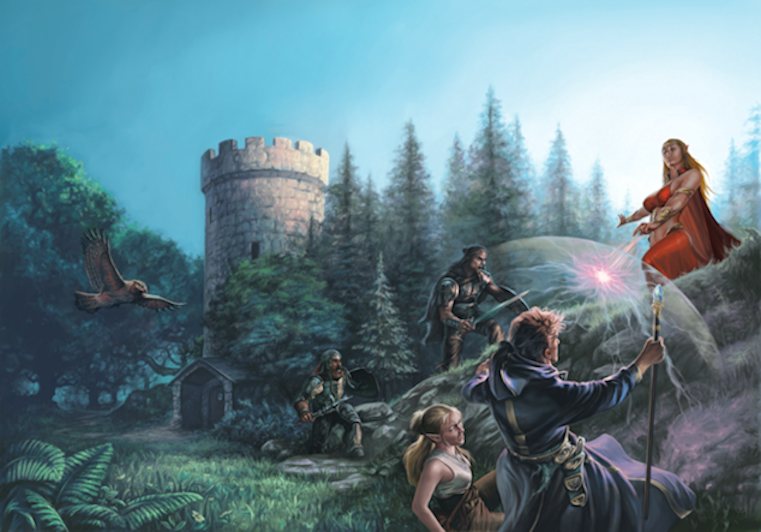
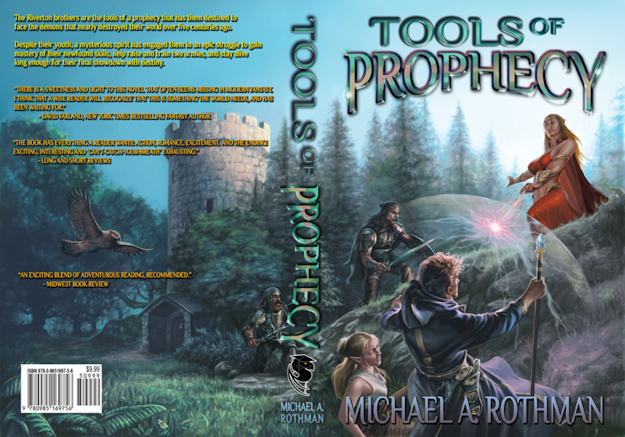
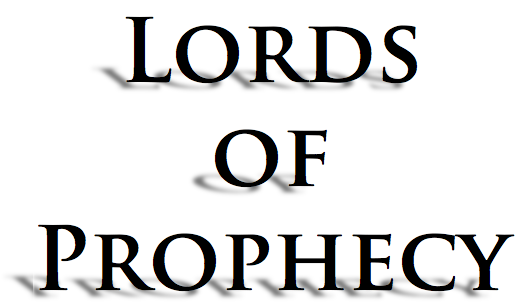

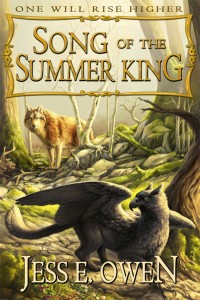
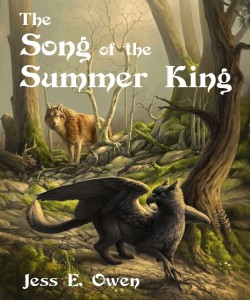
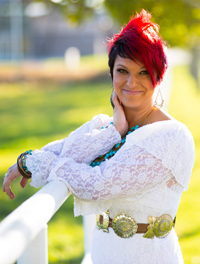
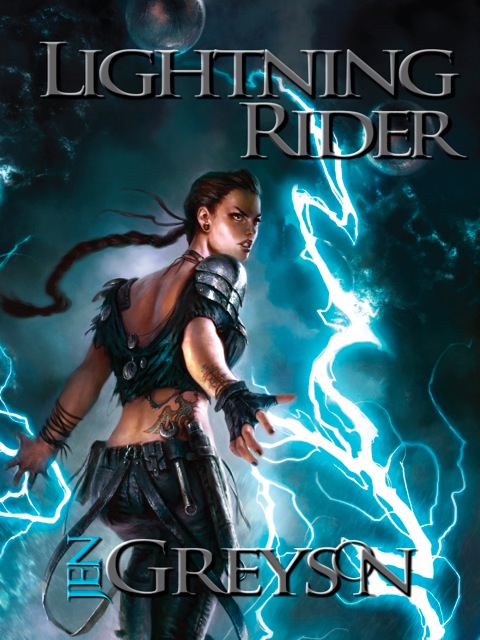 new adult genre was on the rise, in part due to the college age of the main character. My characters haven’t quite fit anywhere other than new adult, and I wanted a smaller publisher willing to go to bat for me and my characters without trying to force them into a different genre (like every other agent and editor I sent it to). TWCS had first-hand experience of launching a mega-hit and I wanted to take advantage of all that in marketing my book, Lightning Rider.
new adult genre was on the rise, in part due to the college age of the main character. My characters haven’t quite fit anywhere other than new adult, and I wanted a smaller publisher willing to go to bat for me and my characters without trying to force them into a different genre (like every other agent and editor I sent it to). TWCS had first-hand experience of launching a mega-hit and I wanted to take advantage of all that in marketing my book, Lightning Rider.